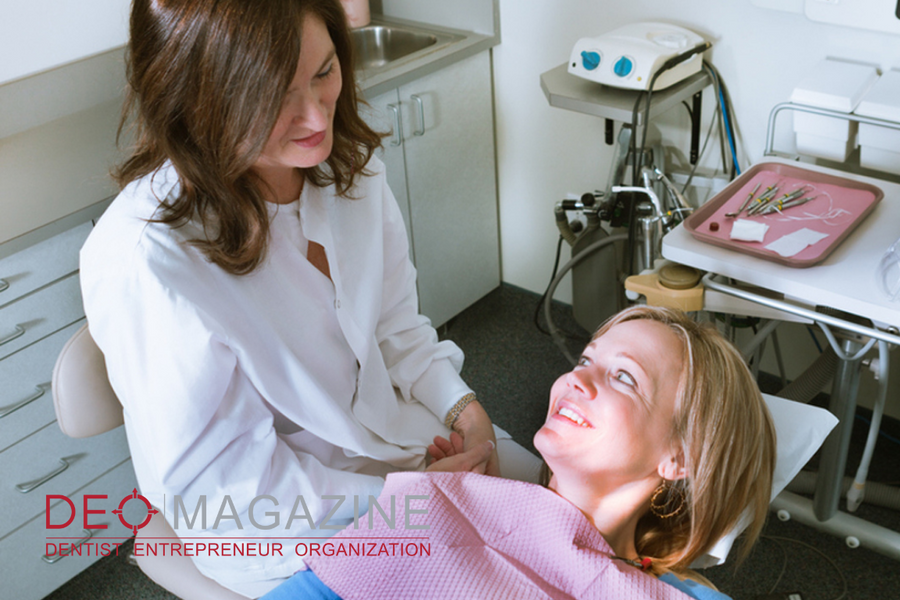Grow Your DSO With Better Patient Experiences

A DSO’s success depends on several factors. But a primary driver is patient case acceptance. And you can grow your DSO by improving the patient experience to boost case acceptance.
Originally published in DEO Magazine, this article teaches DSO owners and healthcare practitioners how to excel in patient care. You could see your case acceptance rise to 90%–and beyond!
How Reconsidering the Strategic Design of Patience Experience Can Lead to Growth for DSOs
The dental landscape is constantly changing, whether in treatment techniques and diagnostic technologies, operational design, or marketing strategies. These focus on how providers attract and deliver the best, most consistent care for their patients, but value is most effectively created at the patient interaction. The next evolution in dentistry will be explicit focus on the strategic design of patient experience and how it generates greater case acceptance and value per patient.
Strategic design of the patient experience involves reviewing the earliest point a patient interacts with the office and continues through the appointment, even once they return home. Impressions, positive or negative, are created when your practice is first known. The same is true for the process of scheduling, case presentation, and even in treatment follow-up. Building on these interactions is where value for the patient, and therefore the practice, is created.
Grow Your DSO By Strategizing the Patient Experience
Stepping back and designing the patient experience boosts the likelihood of case acceptance and total value of treatment. Skytale has seen practices increase case acceptance from 43% to 96% by reconsidering the strategic design of their patient experience. Key performance indicators show greater production per patient and greater utilization of assets and overhead expenses.
The reason for this re-thinking the entire flow of the patient from beginning to end is to make it as easy as possible for the patient to say yes to treatment. This includes all interactions and the transitions between those interactions. Even the hand-offs need to be considered – most often staff handle their duties well, but the breakdown happens in the handoff. The typical office is used to discussing handoffs from clinical to admin staff at check-out. Alternatively, consider the transitions between presenting a treatment plan and the acceptance of that case. What happens in that process?
The typical practice’s case acceptance hovers around 45% and does not employ a system of follow-ups on open treatment plans. Employing a cadence of specific communications dramatically boosts case acceptance. It’s not enough to simply have a great environment, or only follow-up with patients after case presentation, both must be present. This is the entire strategic design.
How to Categorize Patient Treatment Acceptance
Addressing how “warm” the patient is toward accepting treatment creates the basis for future communications. Consider the following:
- A: Accepted immediately
- B: Patient expresses commitment but wants to confer with a spouse
- C: No information is provided, patient wants to think about it
- D: Represents a flat “no”
These “codes” written on the back of a printed treatment plan allow for tracking and uniquely tailored follow-up communications. Each with their own cadence for delivery using all means of contact (email, text, phone, and letters) generate quicker acceptance or remove patients that will not be proceeding with treatment.
Contact Skytale to Help Grow Your DSO
Committing to the patient experience before, during and after the appointment will help create more value for each patient and the whole practice. If you would like assistance in re-thinking your office’s strategic design, operations management, or financial system, contact the team at Skytale at info@skytalegroup.com.

